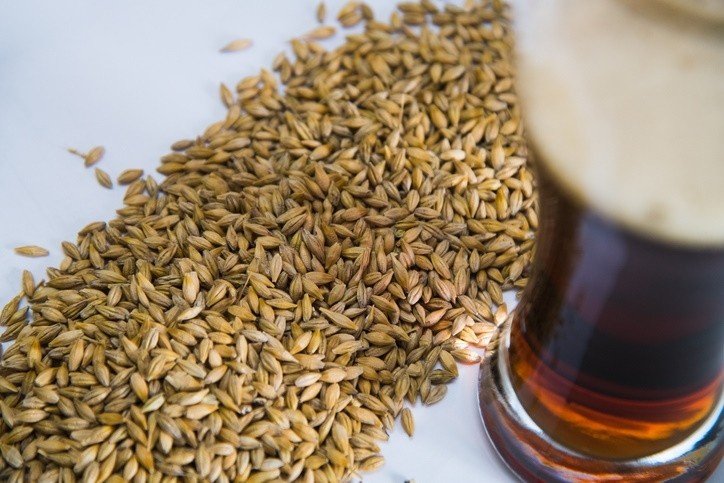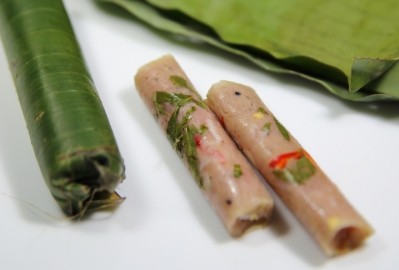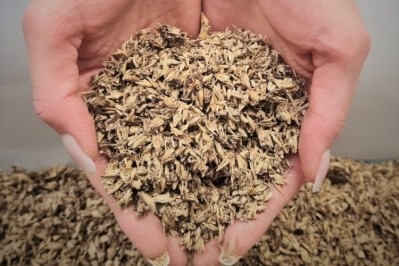Phytochemical-rich malt side stream a 'high potential source of development for the food industry’

A study from the University of Eastern Finland, published in the journal Science of Food, noted that the process of turning cereal grains into malts, common in brewing, generates left-over material that is a good source of plant-based protein and phytochemicals. This ‘makes it a highly potential source of development for the food industry’, according to the researchers.
The study utilised metabolomics to analyse samples from grains of four cereals typically used in malting: barley, rye, wheat, and oats.
The researchers were particularly interested in phytochemicals, which are bioactive compounds produced by plants.
"The health effects of phytochemicals are a hot topic among scientists because their mechanisms are largely unknown. However, we do have increasing evidence that the protective effect of plant-based foods against several diseases is at least partly attributable to the phytochemicals contained within them, and that these effects can only be obtained by eating plants, not from pills or supplements containing individual compounds,” explained postdoctoral researcher and the lead author of the article Ville Koistinen.
Many phytochemicals have been shown to work as antioxidants and to have other potential beneficial health effects, Koistinen continued.
To test the level of phytochemicals, samples were taken during several steps of the malting process, such as from malted grains, wort and water extract, as well as from rootlets and spent grain, the side-stream products of the processing.
The study identified 285 different phytochemicals, most of which were found in the side-stream products, especially the rootlets.
Whether the grain had germinated was an influential variable. The germination occurring in the beginning of malting increased the levels of several phytochemicals compared to the unprocessed grains, and also produced compounds that were not abundantly present in the original grains, the study revealed.
‘Too valuable’ for animal feed
The researchers put their findings in the context of global food production, which they said is not currently operating ‘on a sustainable level’. They noted it is important to find new ways of producing nutritious food while reducing climate and environmental impact.
Currently, malting side streams are most commonly used in animal feed. However, the findings suggest that they may be ‘too valuable’ to not use in human nutrition.
In the EU, 9.7m tonnes of barley malt was produced in 2017, which means that 300,000-500,000 tonnes of barley rootlets are produced each year in the region. This, the researchers stressed, could meet the annual protein needs of four-to-five million people.
“It has been estimated that the protein contained in the side-stream products of malting could fulfil the annual protein need for five million people. Considering that these products are also abundant in phytochemicals, they may be nutritionally too valuable to be wasted as feed for production animals, when they could be used directly as human nutrition.”
Koistinen said there is a need for further research to develop ways of using malting side-streams in the food sector.
"The biggest challenge in utilising the side-stream products of malting in foods is their taste and other sensory properties, which may not be acceptable as such. They would likely require further food processing, such as fermentation, so that they could be used to increase the nutritional value of white bread, for example," he suggested.
Source
'Side-stream products of malting: a neglected source of phytochemicals'
Science of Food
DOI: https://doi.org/10.1038/s41538-020-00081-0
Authors: Koistinen, V.M., Tuomainen, M., Lehtinen, P. et al.
























